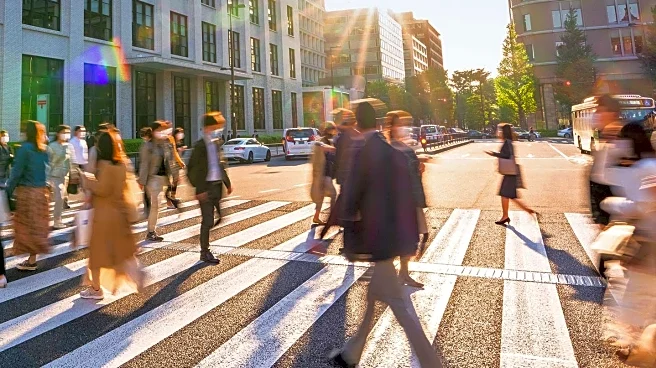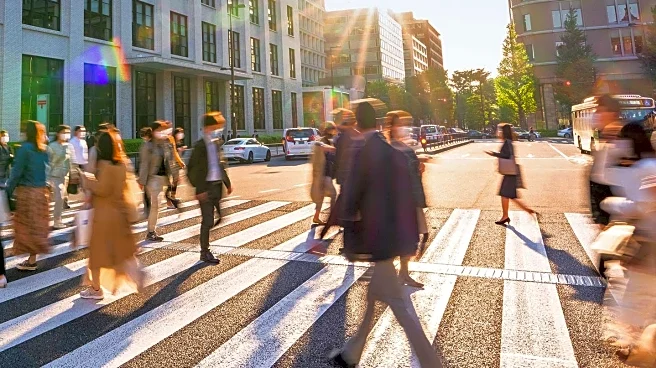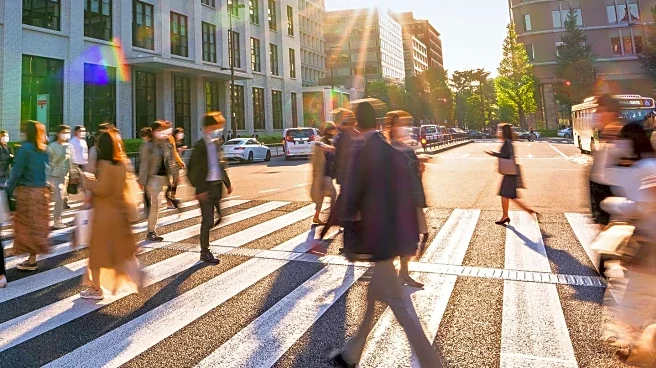Rapid Read • 7 min read
A recent study published in the journal Nature reveals that living in walkable neighborhoods significantly increases daily step counts. The research analyzed data from the Argus step-tracking app, involving over 5,000 participants who moved between various U.S. cities. Findings indicate that moving to a city with a higher Walk Score can increase daily steps by approximately 1,400, while moving to less walkable areas results in a similar decrease. The study emphasizes the health benefits of increased physical activity associated with walkable environments.
AD
The study underscores the importance of urban planning in promoting public health. Walkable neighborhoods encourage physical activity, which is linked to numerous health benefits, including reduced risk of chronic diseases. As cities strive to improve livability, incorporating walkability into urban design can enhance residents' quality of life and reduce healthcare costs. This research may influence policymakers and developers to prioritize pedestrian-friendly infrastructure, contributing to healthier communities.
Urban planners and local governments may use these findings to advocate for policies that enhance walkability in cities. This could involve investing in sidewalks, trails, and public transportation options to reduce reliance on cars. Additionally, individuals seeking to increase their physical activity might consider relocating to more walkable areas or finding creative ways to incorporate walking into their daily routines, such as using walking pads or joining local gyms.
The study highlights a broader cultural shift towards valuing walkability as a key component of urban living. As awareness of the health and environmental benefits of walking grows, cities may experience increased demand for pedestrian-friendly amenities. This trend could lead to a reevaluation of urban spaces, prioritizing human-centered design over car-centric infrastructure, ultimately fostering more sustainable and vibrant communities.
AD
More Stories You Might Enjoy










